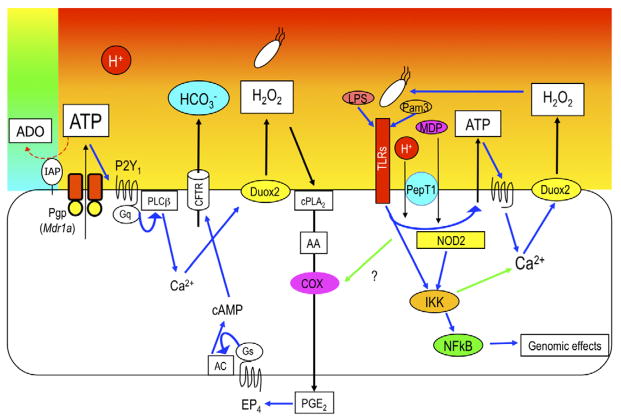Fig. 2. Proposed mechanisms of luminal ATP-P2Y signaling during acid exposure.
Acid exposure increases luminal ATP concentration. ATP stimulates P2Y receptors on the apical membrane of epithelial cells, and then increases intracellular Ca2+ concentration. Ca2+ activates dual oxidase 2 (Duox2), which generates H2O2 in the lumen. H2O2 activates cytosolic phospholipase A2 (cPLA2), followed by cyclooxygenase (COX)-mediated prostaglandin E2 (PGE2) synthesis. PGE2 stimulates EP4 receptor, followed by cystic fibrosis transmembrane conductance regulator (CFTR) stimulation, increasing protective HCO3− secretion. On the other hand, toll-like receptor (TLR) ligand, Pam3 or lipopolysaccharide (LPS), and nucleotide-binding oligomerization domain 2 (NOD2) ligand muramyl dipeptide (MDP) coordinately increases H2O2 production with enhanced ATP release and IkB kinase (IKK) activation. This bacterial sensing pathway also increases PGE2 production and stimulates HCO3− secretion.

